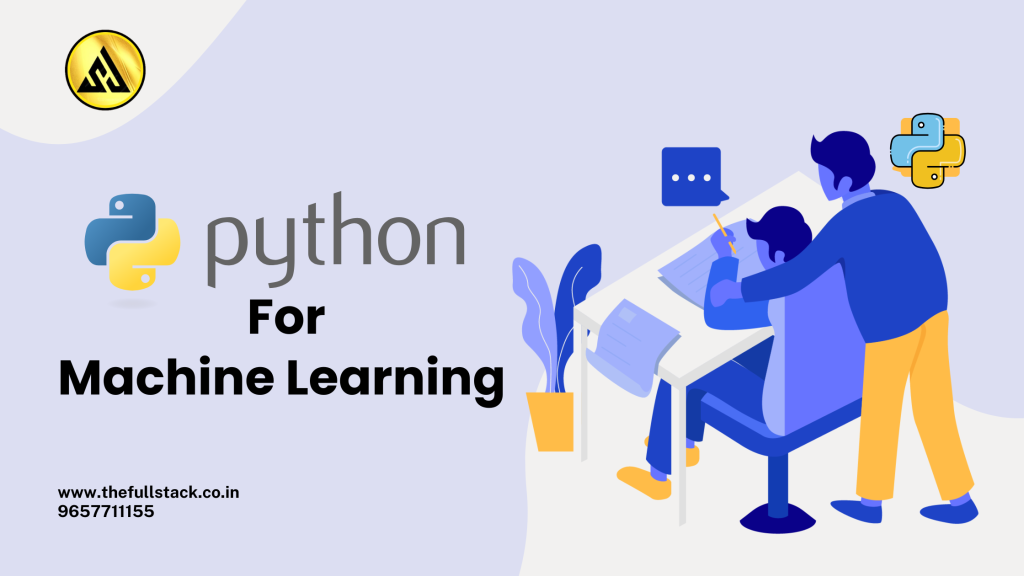You’ve undoubtedly heard about scikit-learn, also referred to as sklearn, if you began learning Python for Machine Learning (ML). It’s among the most robust and approachable libraries for creating and assessing machine learning models. However, what is sklearn and how can it be used efficiently?
Let’s dissect it in this comprehensive guide for beginners.
What is sklearn?
A free and open-source Python package called sklearn offers easy-to-use and effective solutions for:
- Information mining
- Analysis of data
- Learning by machine
- Assessment and enhancement of the model
It is based on Python’s key scientific computing libraries, NumPy, SciPy, and matplotlib.
Installation
Before using sklearn, you need to install it:
pip install scikit-learn
Key Features of sklearn
- pre-made algorithms (clustering, regression, and classification)
- Model selection tools (hyperparameter tuning, cross-validation)
- Tools for preparing data (imputation, encoding, scaling)
- Pipelines for merging several stages
Basic Workflow of a Machine Learning Model in sklearn
Here’s the typical workflow:
- Bring your dataset in.
- Prepare the data.
- Divide the sets into training and testing.
- Select a model.
- Get the model trained.
- Assess the model.
- Enhance the model by adjusting the hyperparameters.
Let’s Try a Simple Example: Predicting Iris Flower Species
📥 Step 1: Import Necessary Libraries
from sklearn.datasets import load_iris
from sklearn.model_selection import train_test_split
from sklearn.ensemble import RandomForestClassifier
from sklearn.metrics import accuracy_score
Step 2: Load the Dataset
iris = load_iris()
X = iris.data
y = iris.target
Step 3: Split Data for Training and Testing
X_train, X_test, y_train, y_test = train_test_split(X, y, test_size=0.3, random_state=42)
Step 4: Train a Model (Random Forest)
model = RandomForestClassifier()
model.fit(X_train, y_train)
Step 5: Make Predictions and Evaluate
predictions = model.predict(X_test)
accuracy = accuracy_score(y_test, predictions)
print(f"Accuracy: {accuracy:.2f}")
💡 Output:
Accuracy: 0.98
Core Components of sklearn (You Should Know)
| Module | Purpose |
|---|---|
sklearn.datasets | Pre-loaded datasets like iris, digits, diabetes |
sklearn.model_selection | Splitting, cross-validation, hyperparameter tuning |
sklearn.preprocessing | Scaling, normalization, encoding |
sklearn.linear_model, ensemble, tree, etc. | Pre-built ML algorithms |
sklearn.metrics | Accuracy, precision, confusion matrix, etc. |
sklearn.pipeline | Chain preprocessing and model steps together |
Example: Preprocessing + Pipeline
from sklearn.pipeline import make_pipeline
from sklearn.preprocessing import StandardScaler
pipeline = make_pipeline(StandardScaler(), RandomForestClassifier())
pipeline.fit(X_train, y_train)
score = pipeline.score(X_test, y_test)
print(f"Pipeline Accuracy: {score:.2f}")
When to Use sklearn
Use sklearn when:
- You desire quick prototyping.
- Instead of deep learning, you’re tackling traditional machine learning challenges.
- You desire code that is comprehensible and thoroughly documented.
- A variety of tools are required, ranging from preprocessing to model evaluation.
What sklearn Is Not For
- Deep Learning → Use
TensorFlow,Keras, orPyTorch - Real-time prediction serving
- Heavy GPU-based tasks
Final Thoughts
Sklearn is your go-to tool for quick, dependable, and efficient model construction, regardless of your level of experience with machine learning. It removes a lot of complexity so you can concentrate on understanding the algorithms’ motivations rather than just their workings.
Now go ahead and launch your Python notebook and begin using Sklearn to experiment. You may hone your machine learning skills in this ideal sandbox.
You Might be like this:-
Security Challenges in IoT Development and How to Overcome Them
How Feature Contributions are Calculated in Explainer Dashboard in Python

